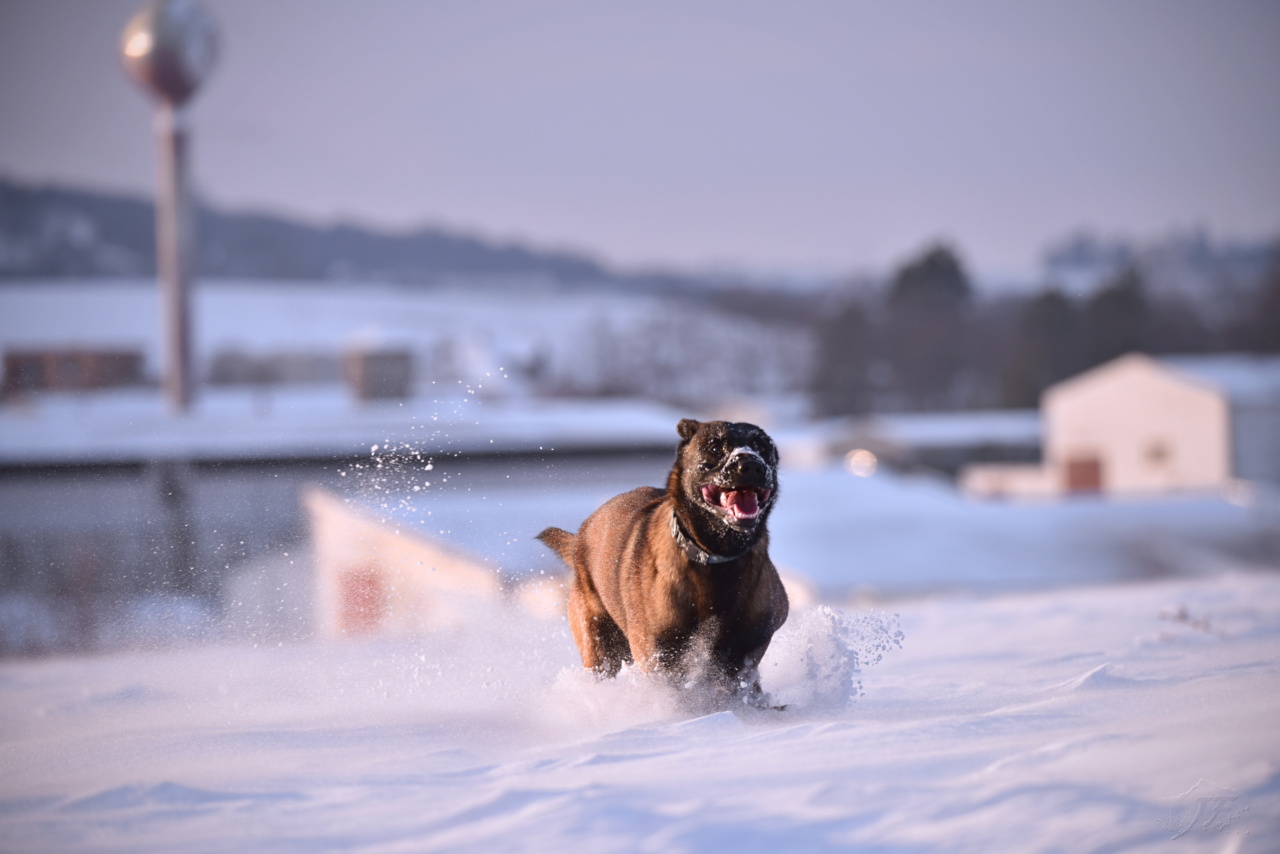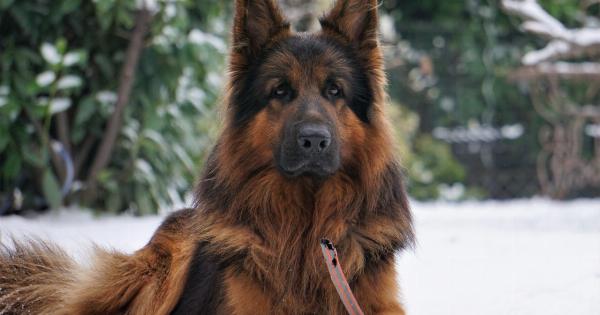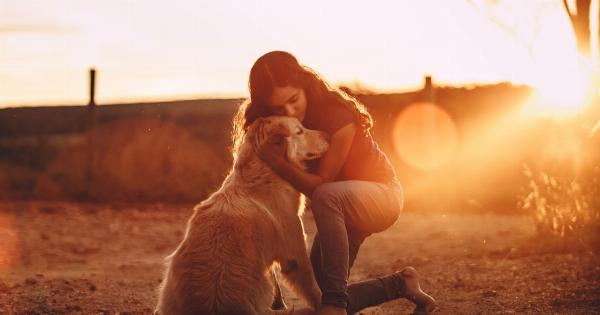As the temperature continues to drop and the season changes, it’s essential to take extra precautions to keep your furry friend safe and healthy. Winter can be challenging for dogs, especially those that are not familiar with cold weather.
Here are some tips to help ensure your canine friend remains safe and healthy during the winter season.
1. Monitor Your Dog’s Temperature
Just like humans, dogs are susceptible to hypothermia. In some dogs, their fur coat may not be enough to keep them warm, and they may need additional gear such as a coat or sweater to stay warm. Keep an eye out for signs of shivering or lethargy.
If your dog is showing these signs, bring them inside immediately, wrap them in a warm blanket and give them warm water to drink.
2. Limit Outdoor Time
If the weather is too cold, avoid extended periods outside. Instead, take your dog for shorter walks and spend time playing inside. If your dog needs more exercise, consider taking them to a local dog park or daycare facility.
3. Keep Your Dog Hydrated
During winter, dogs can become easily dehydrated just like during the summer. Ensure your dog has access to clean, fresh water at all times, and monitor their water intake.
If your dog isn’t drinking enough, try warming the water to room temperature or adding a bit of low-sodium chicken broth to encourage them to drink more.
4. Use Booties for Paw Protection
Winter weather can cause damage to your dog’s paws. The cold temperature can cause cracked paw pads, ice can build up between their toes which is painful and can even cause frostbite.
Using booties can protect their paws from these harmful elements.
5. Dry Your Dog’s Paws
After taking your dog outside, ensure that you dry their paws entirely before returning inside. Wet paws can cause your furry friend’s body temperature to drop.
6. Avoid Toxic Chemicals
There are many chemicals used during winter such as antifreeze, salts and de-icers that can be harmful to dogs if ingested. If your dog ingests these chemicals, it can cause serious health problems and even death.
To prevent this, avoid using these toxic substances around your dog and use pet-safe alternatives instead. Always wipe your dog’s paws after a walk around the neighborhood to remove any possible ingestion of harmful chemicals.
7. Practice Good Grooming Habits
Keeping your dog well-groomed during winter can help keep them healthy and comfortable. Longer coats are more prone to matting and holding on to ice and snowballs. Make sure to regularly trim your dog’s fur to prevent this.
Also, incorporating a regular brushing routine can help keep their coat healthy and allow air to circulate to keep your dog warm.
8. Prepare Your Home for Winter
Prepare your home to keep your pup warm and comfortable during winter. Ensure your dog has a cozy and comfortable pet bed to sleep in and away from any drafts in your home.
If you have an outdoor pet, prepare an insulated dog house to keep them protected during extreme weather conditions. Also, check for any loose wires around the house to prevent them from being chewed and causing an electrical hazard.
9. Consider Visiting Your Vet
If you have concerns about your dog’s health during winter, consider visiting your vet. A routine check-up can ensure they are in good health for the winter season.
Your vet may also recommend certain supplements or suggest changes in their diet to help prevent health risks from the cold weather.
10. Keep Emergency Supplies On Hand
In the case of an emergency, ensure you have a pet first aid kit on hand. This kit should contain items such as food, water, warm blankets, and a first aid kit. It should also have an extra leash and harness in case of an emergency.
Make sure your pet’s identification tags are updated, and they’re microchipped for easy identification if they get lost.




























